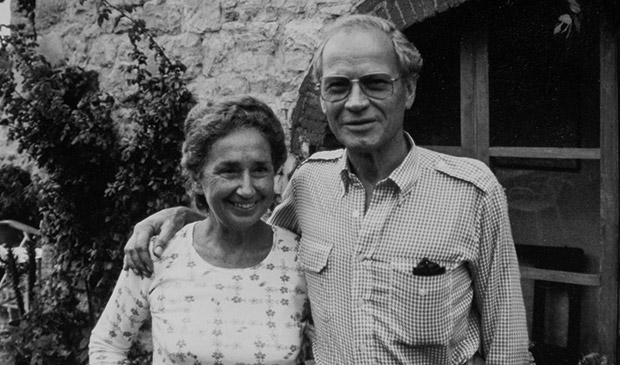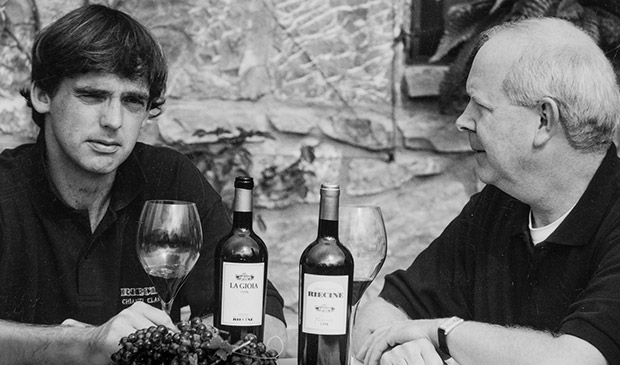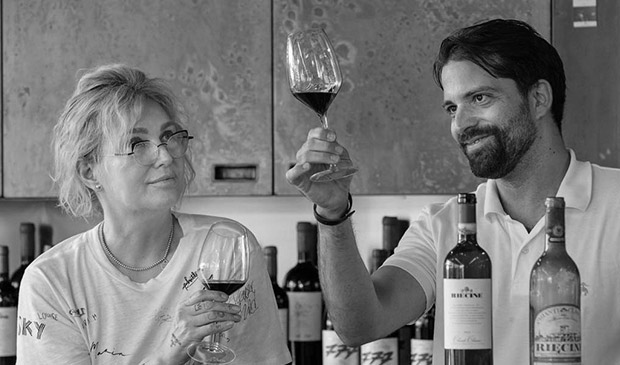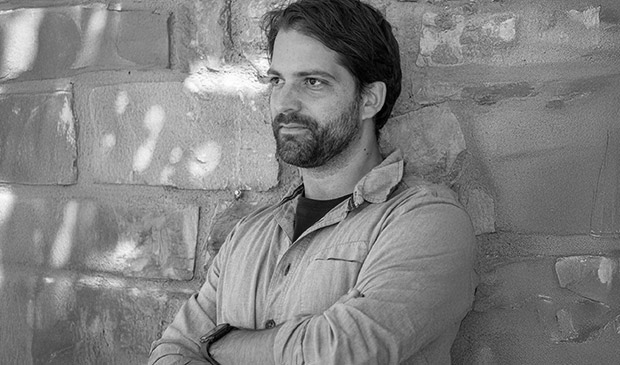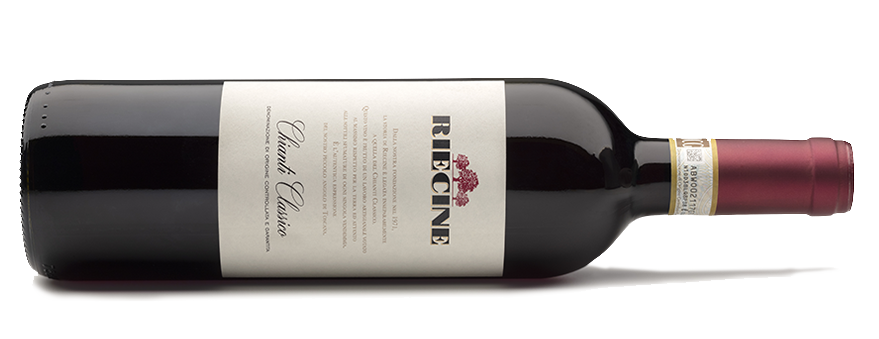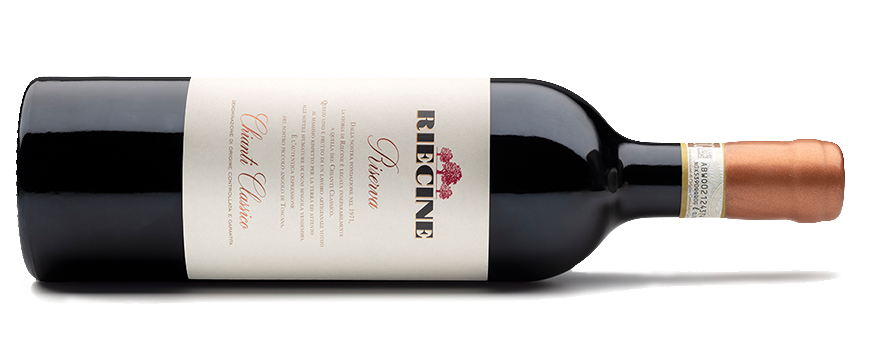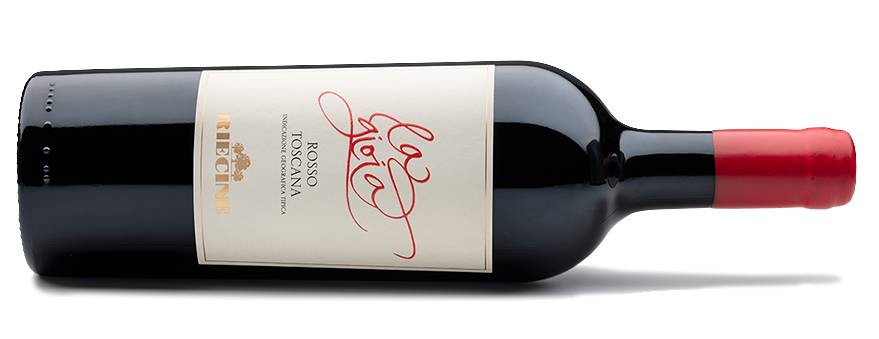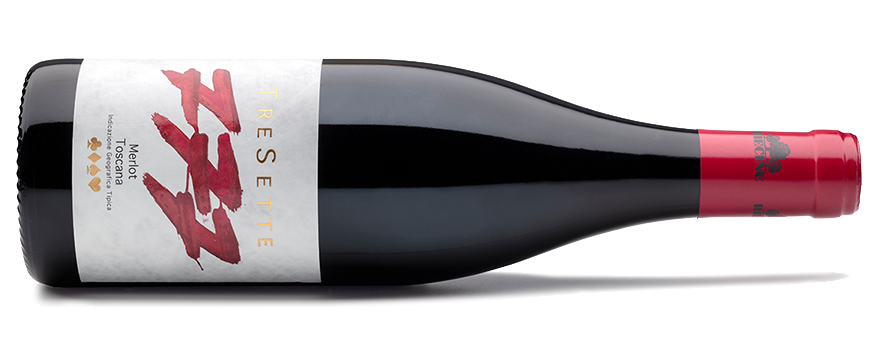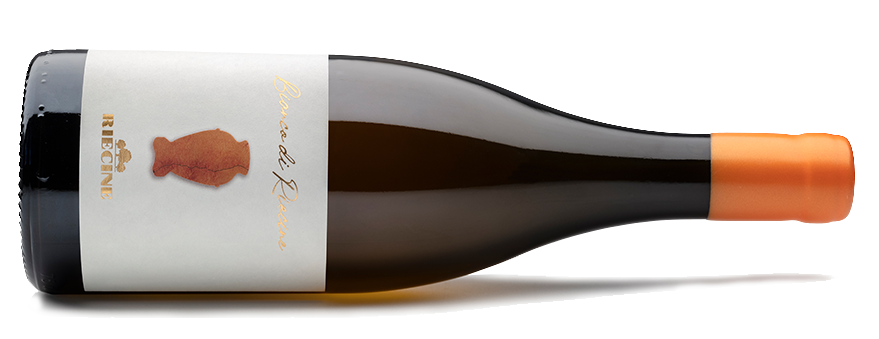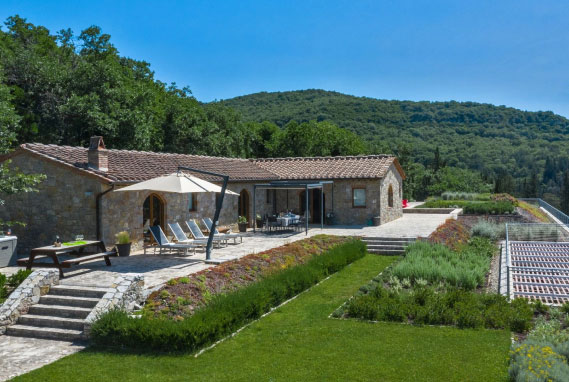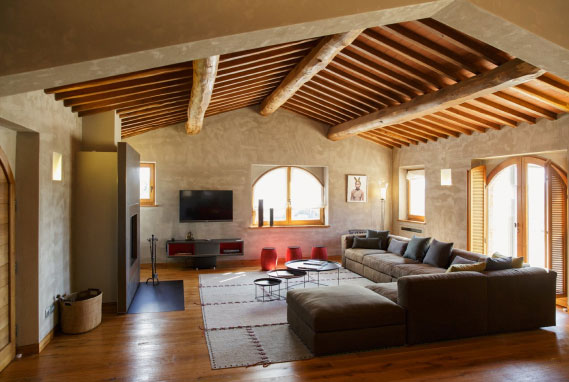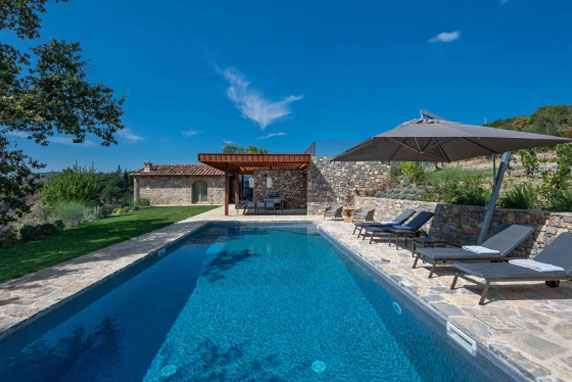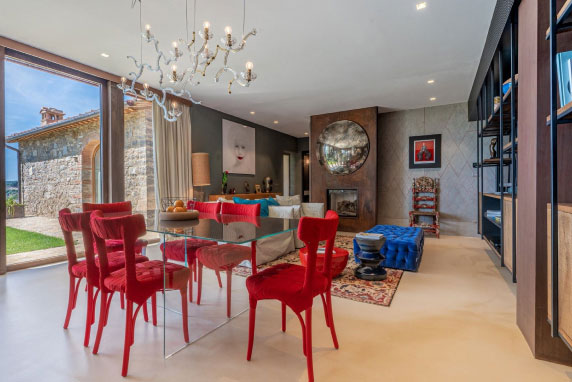JOHN PALMINA
The founder of Riecine as we know it today is John Dunkley, an Englishman who became one of the most acclaimed producers of modern Chianti Classico made with pure Sangiovese grapes. With his wife, Palmina Abbagnano, John bought the original 1.5 hectares of land in 1971 from the neighbouring monastery of Badia a Coltibuono. Together they started renovating the old stone villa, nursing the old plants back to health and planting new vines. The first vintage of Chianti Classico, 1973, was released in 1975. John Dunkley was widely considered one of the most gifted interpreters of Chianti and firmly believed in Sangiovese grapes and the unique terroir of Gaiole in Chianti. Although John and Palmina have left us, they are still with us in spirit and continue to guide our philosophy and the work we do at Riecine.
SEAN E BAUMANN
In 1991, John and Palmina hired a young winemaker, Sean O’Callaghan, as an apprentice. He joined the Riecine team as an in-house winemaker and later developed his own modern take on the classic Riecine style. When the founders died in 1998, ownership of Riecine was transferred to the Baumann family from New York. Gary and Marlene immediately recognised Riecine’s potential and continued along the path paved by John and Palmina. Work began on the renovation and construction of a new cellar. The Baumann family and Sean worked together to bring Riecine into the new millennium, helping to establish Riecine’s reputation and expand markets and production until 2011.
LANA E ALESSANDRO
In December 2011, Lana Frank picked up the baton left by the Baumann Family and, before them, John and Palmina, and became the owner of Riecine. Lana’s vision was clear and unwavering: to preserve the typical style of the company’s wines, maintaining an artisan dimension, but equipping Riecine with first-class equipment. Immediately the cellar underwent a major renovation, completed in 2013, which was aimed at increasing the winemaking space from the previous 400 square metres to the current 1100 square metres. It was then that Lana decided to take a step back in time, technologically speaking, but with one eye firmly fixed on modernity. Whilst the wine cellar renovation was underway, 12 new unglazed concrete tanks designed by the French company Nomblot were purchased, and most of Riecine’s wines are still produced using these tanks. With the desire to follow in the pioneering footsteps of John and Palmina, it was important to be open to new projects in the years that followed. Since 2014, other vineyard plots have been acquired: the Gittori vineyard – historically run by Riecine – and, very recently, the Chiara vineyard, a small space nestled in the hillside overlooking the winery, which was cultivated until 1950 and then abandoned following the depopulation of the countryside. Since 2015, alongside Lana, there has been Alessandro Campatelli as director and wine maker of Riecine.
ALESSANDRO
An important role in the birth and growth of Riecine wines, was played by Carlo Ferrini, a close friend of John and Palmina, then by Sean O’Callaghan first with John and Palmina and later with Baumann family, until 2016 when he passed the baton to Alessandro Campatelli. In July 2024 Alessandro, purchasing the company shares from Lana, becomes the owner of Riecine, maintaining the role of director, oenologist and responsible for all production, supported by Carlo Ferrini as an external consultant.
“The characteristic of Riecine is certainly the recognizability of its wines. Products that are born on the Chianti Classico rock, and that despite the great structure of the Sangiovese maintain a beautiful elegance thanks to the incredible impact of the conifers that grow around.”
THE CELLAR
Fermentations are spontaneous and without the addition of yeasts, selected bacteria, clarifiers or chemical stabilisers. The characteristic terroir of each wine in emphasised as much as possible. After destemming, the grapes (or whole bunches when required) are transferred directly into concrete vats, where they remain until fermentation begins. The grapes are initially crushed, at least in part, by their own weight and this triggers a partial carbonic maceration, which is very important for obtaining a fresher fruit. On average, fermentation starts on the 4th or 5th day. During this period, and precisely because the grapes enter the vats whole, it takes time for the skins to break down. For this reason, and mainly to facilitate mashing, no pumping over is carried out during the first 48 hours. Instead, light punching down is carried out which tends to crush the grapes. On the second to third day, after mashing has taken place, short pumping over takes place. In the first 4-5 days, therefore, until fermentation starts, either one punching down or one pumping over operation is carried out per day. After 24-36 hours from when alcoholic fermentation started, a délestage of up to 12 hours is carried out to allow for complete oxygenation. Once the mixture has been pumped over, two operations per day are carried out for the rest of the fermentation period: either two punching downs or one punching down and one pumping over. Fermentation lasts 13-14 days on average, after which time the wines are left to submerge for between 5 and 25 days depending on the type.
REFINEMENT
From this moment on, the batches take different paths. Chianti Classico, Riserva, La Gioia and TreSette undergo a submerged cap maceration in partially filled tanks, which lasts for between 4 and 10 days. Throughout this process, the volatile acidity is constantly monitored. When the volatile acidity values reach 0.40-0.45 g/l, the tanks are racked and the wine is transferred into various different containers. The Chianti Classico is transferred into unglazed cement vats, large barrels of untoasted oak and used barrels; the Riserva is transferred into a single large barrel of untoasted oak; La Gioia into new barrels; and Il TreSette (pure merlot) into 700-litre barrels. The Riecine di Riecine stays even longer on the skins, sometimes up to 25 days. The tank at this stage is filled to avoid excessive oxygenation and, after racking, the wine is matured in unglazed cement vats. Riecine di Riecine’s uniqueness lies in the fact that throughout the entire vinification process it never comes into contact with wood. It is worth noting that three months before bottling, all of the company’s wines return to the cement vats in the open air to undergo natural tartaric and protein stabilisation, without the addition of adjuvants. Usually occurring around the end of October, this process is aided by the low winter temperatures to which the vats are exposed.
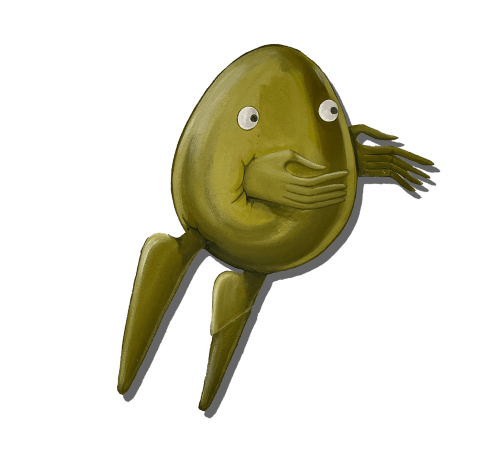
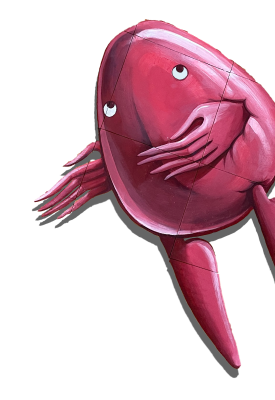

 SHOP ONLINE
SHOP ONLINE
 VISITS AND RESERVATIONS
VISITS AND RESERVATIONS
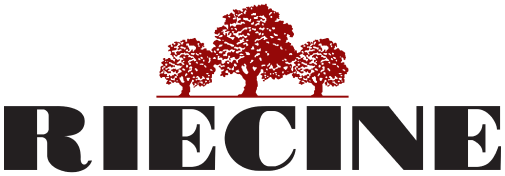
Chapter 1
HISTORY
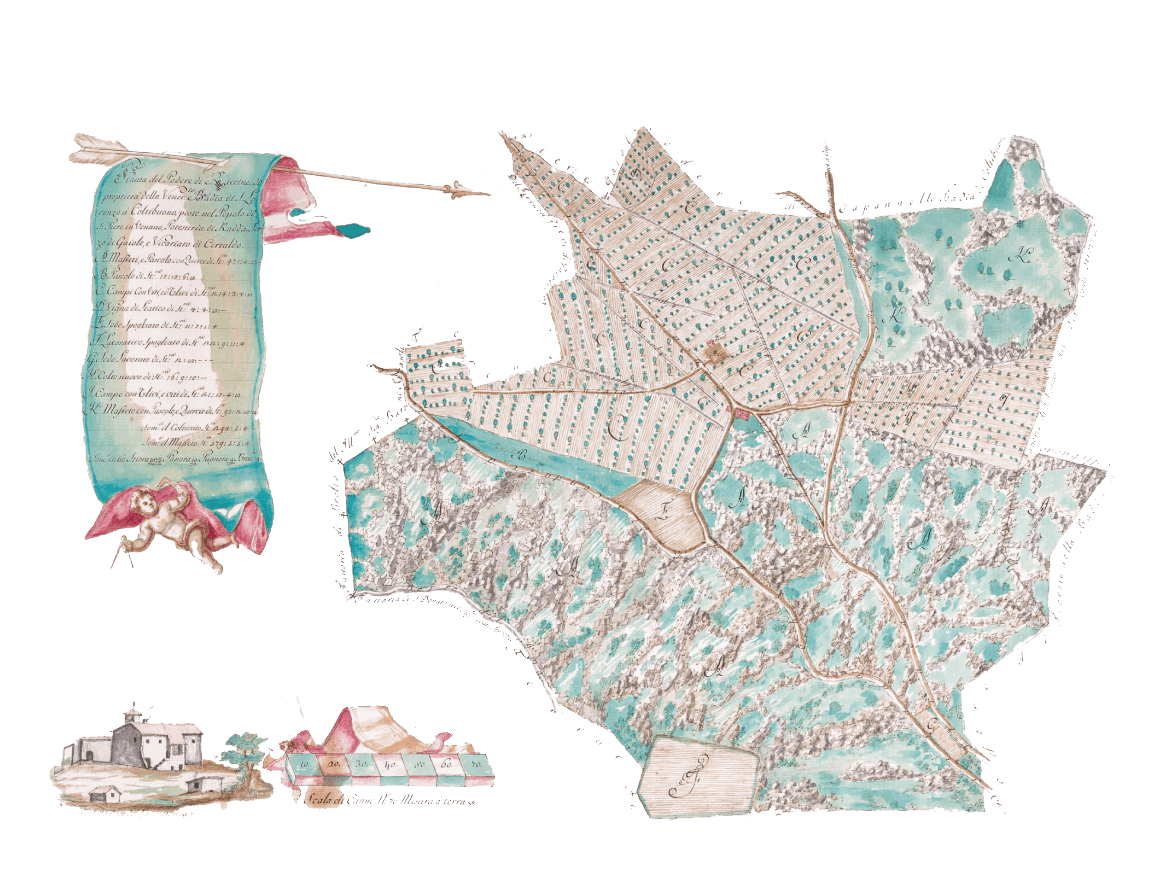
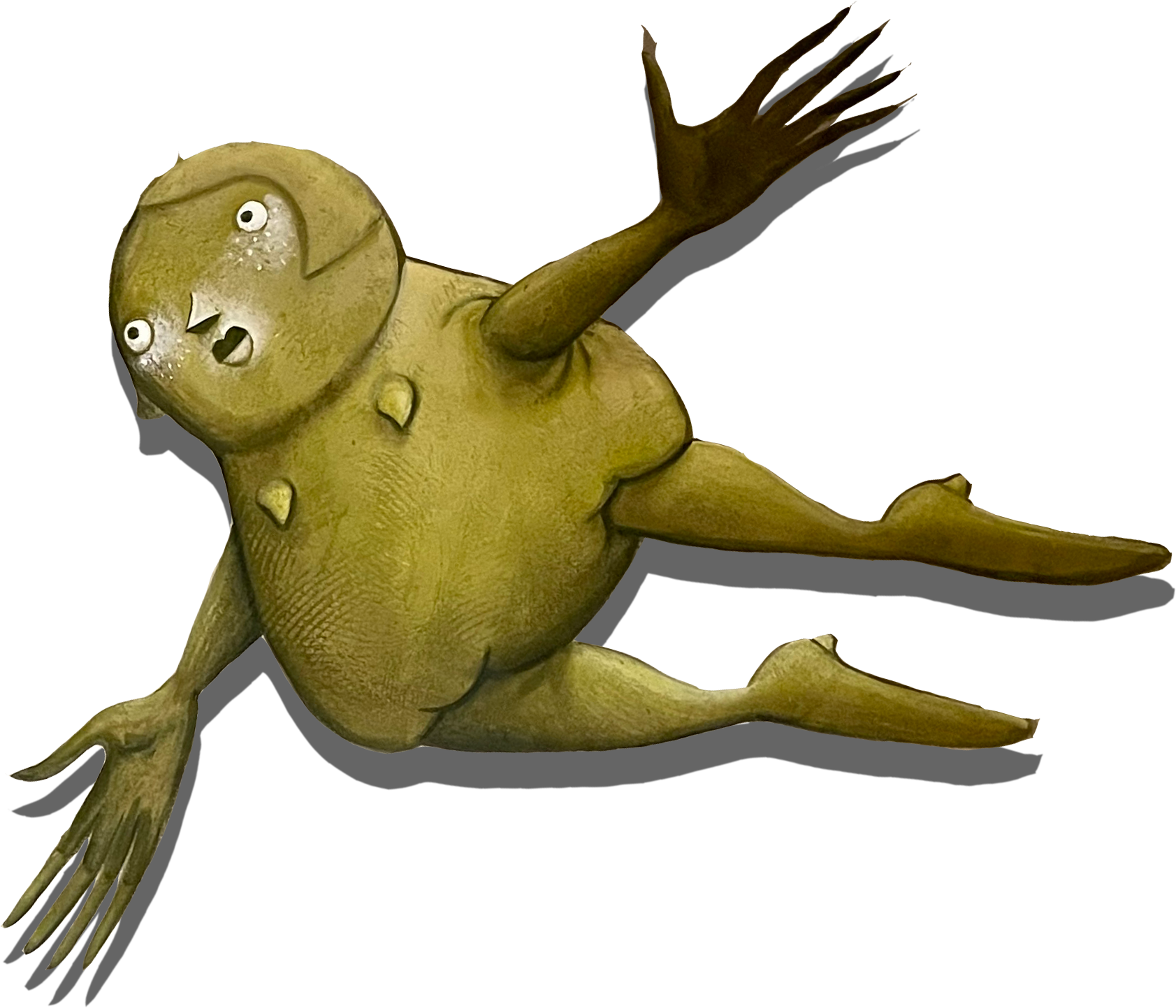
Origin
From as far back as the 12th century we can find references to the place name ‘Riecine’ in the maps of the Abbey of San Lorenzo a Coltibuono. The first ever reference dates back to December 1112 in the abbey archives which state that through an exchange, the monastery came into possession of several pieces of vineyard «in Camprato, in Riecine, in San Donato in Perano and elsewhere».
Chapter 2
THE TEAM
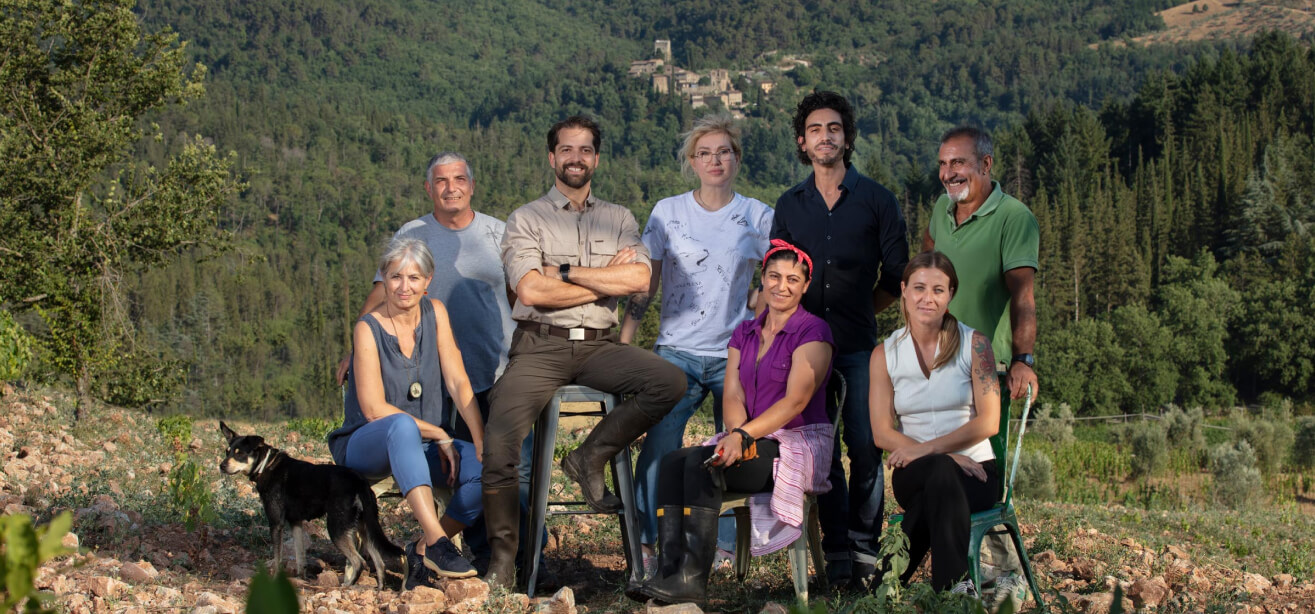
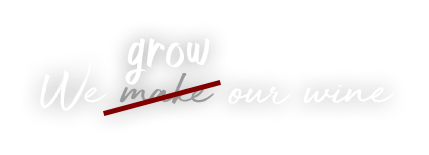
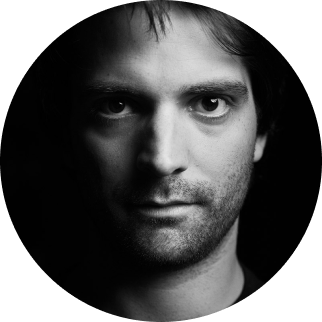
Alessandro Campatelli
CEO and Winemaker
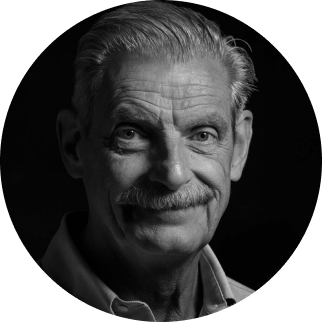
Carlo Ferrini
Oenologist
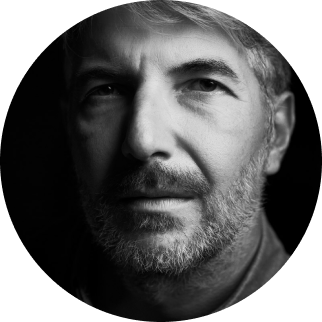
Palmiro Muscogiuri
Deputy Director
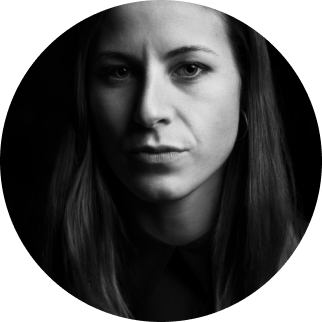
Elisa Gramaccioni
Sales Manager
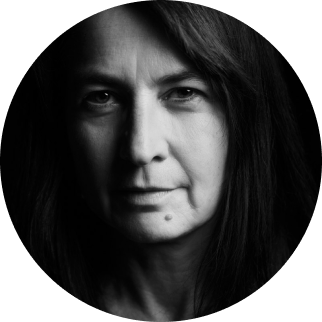
Monica Mezzadri
Administration
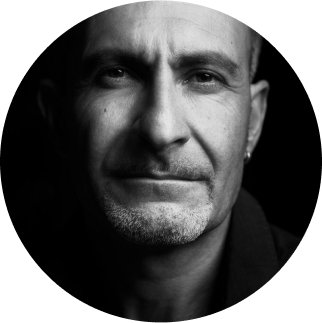
Mario Valisena
Vineyard manager
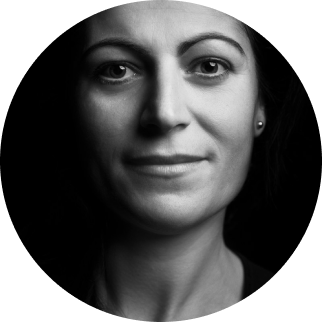
Ilda Roci
Cellar master

Iacopo Casadio
Sales Manager Italy, Hospitality Manager and Communication

Alessandro Campatelli
CEO and Winemaker

Carlo Ferrini
Oenologist

Palmiro Muscogiuri
Deputy Director

Elisa Gramaccioni
Sales Manager

Monica Mezzadri
Administration

Mario Valisena
Vineyard manager

Ilda Roci
Cellar master

Iacopo Casadio
Sales Manager Italy, Hospitality Manager and Communication
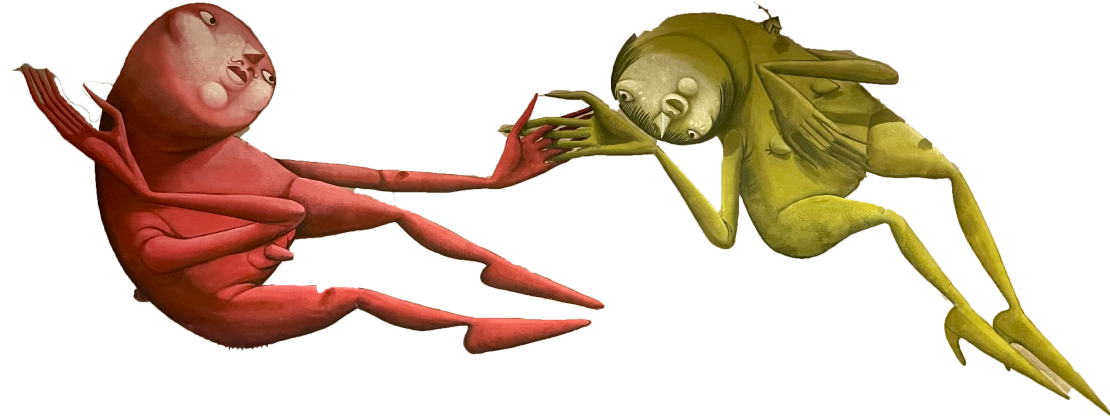
Chapter 3
VINEYARDS
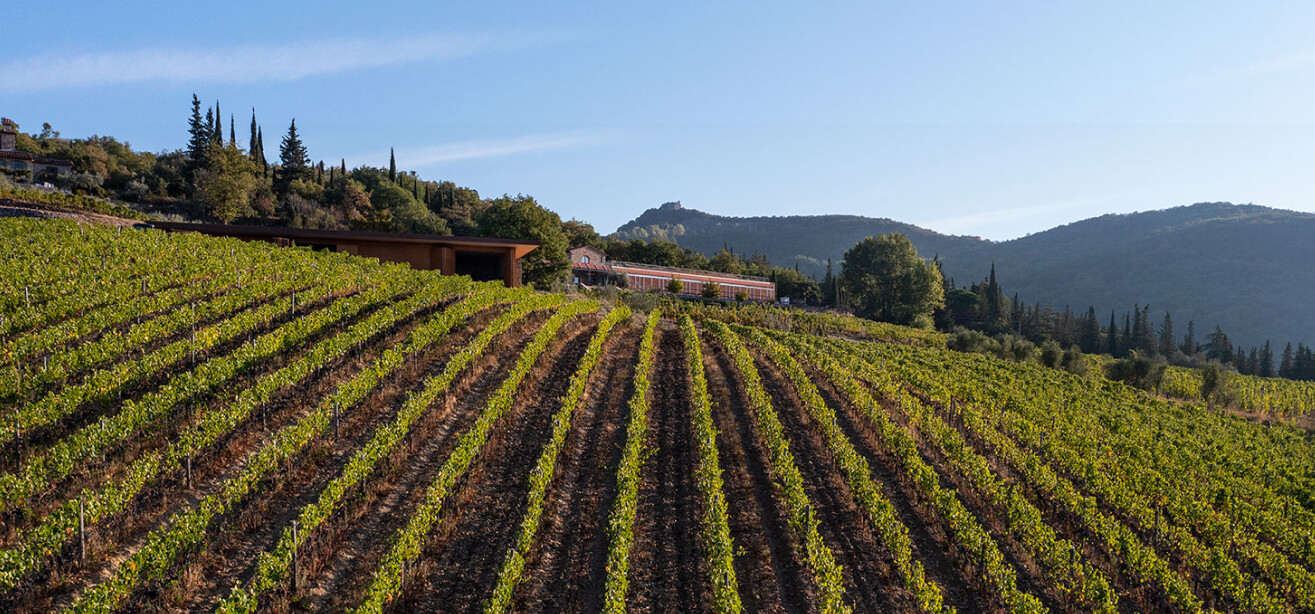
“When Baron Philippe de Rothschild plants Sangiovese, I will convert to Cabernet Sauvignon.”
John Dunkley
From an agronomic point of view, all Riecine vineyards have been cultivated under an ICEA-certified organic regime since 2006. They all have plant covers, weeding between the rows is purely mechanical, and topping and stripping has been completely eliminated. The aim here is to tackle the increasingly severe and sudden effects of climate change: it is generally encouraged to choose natural ways to protect the soil from excessive evaporation and to protect the vines themselves from the sun’s rays and increasingly high summer temperatures. Efforts are also being made to promote the settlement of native microfauna.
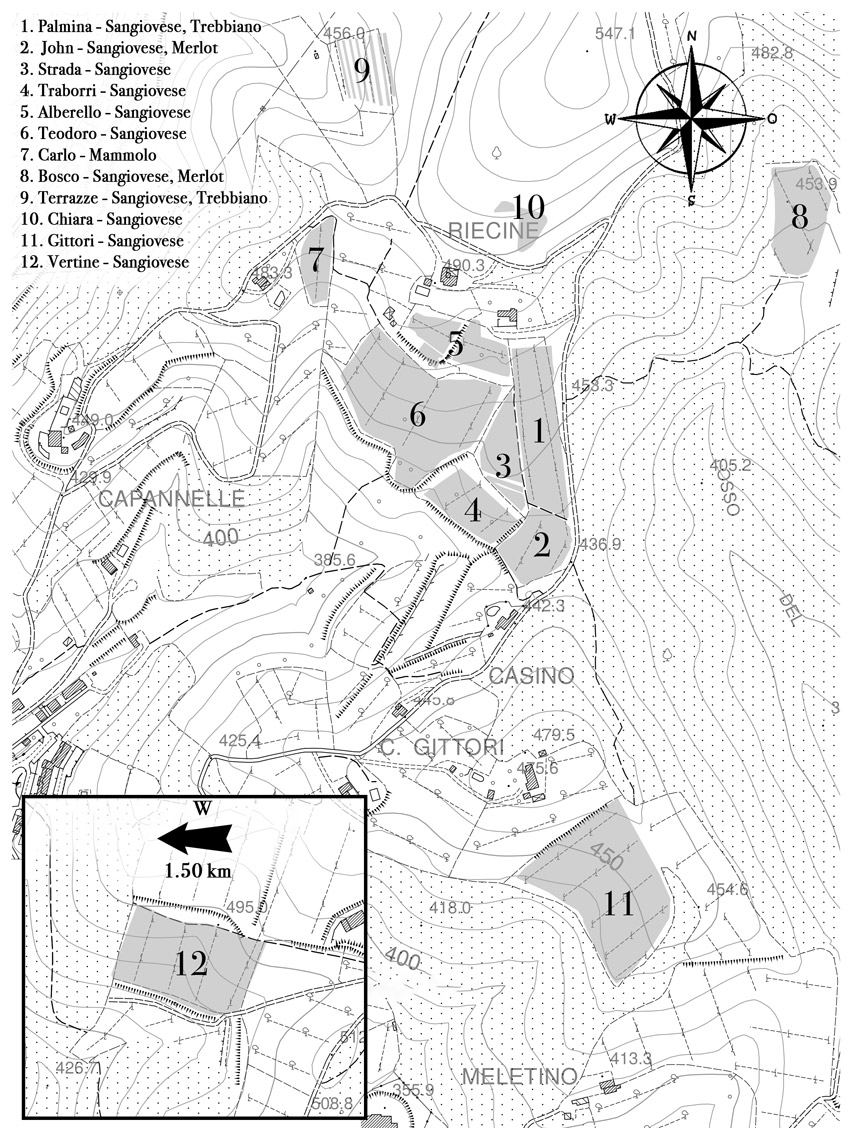

Chapter 4
SAVOIR-FAIRE

CELLAR
Riecine is a combination of what is naturally bestowed by the earth and the creative ingenuity of man. From harvest to bottling, Riecine is a wine without compromise.
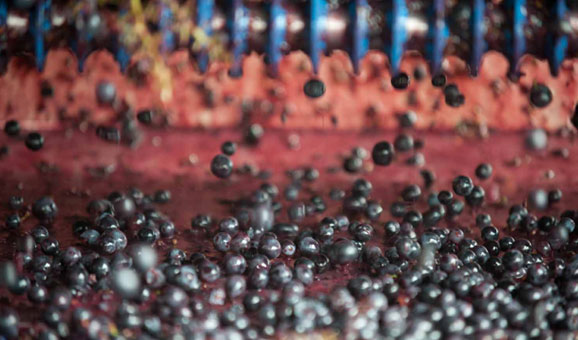

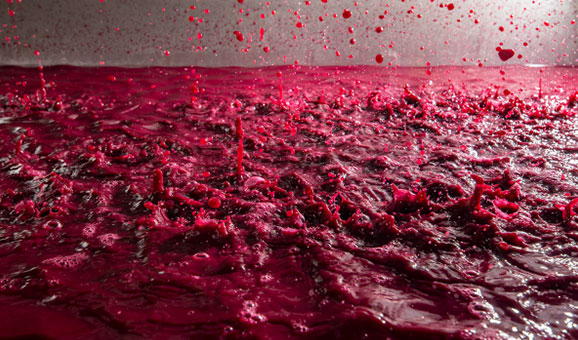

Refinement
Producing wine at Riecine means continuously striving to achieve the best possible quality. The wines pay homage to the characteristic and unique terroir of Chianti Classico and Gaiole in Chianti.
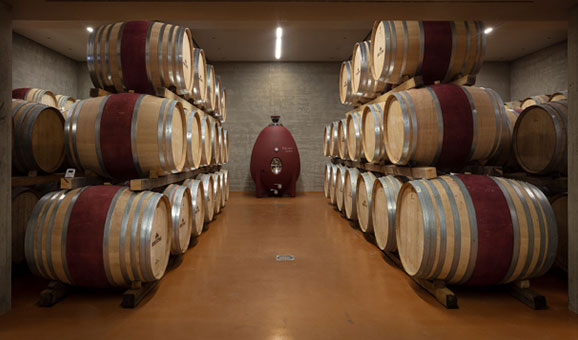

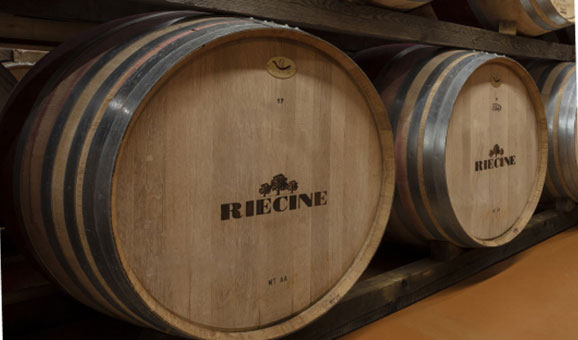
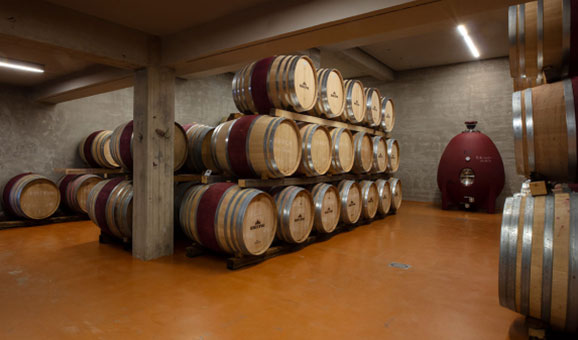
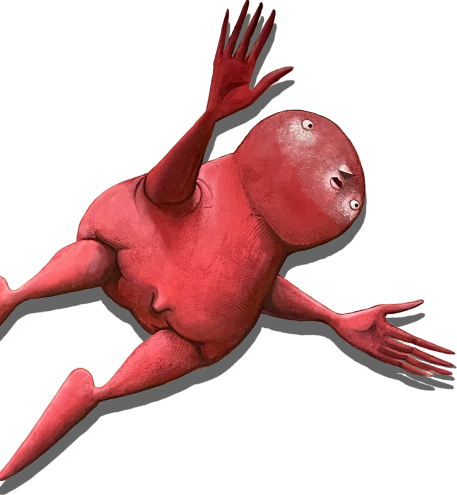
Chapter 5
THE WINES
“Every gentleman, at least once, should experience the joy of a fine Sangiovese wine.”
Do you want to know where you can find our wines?
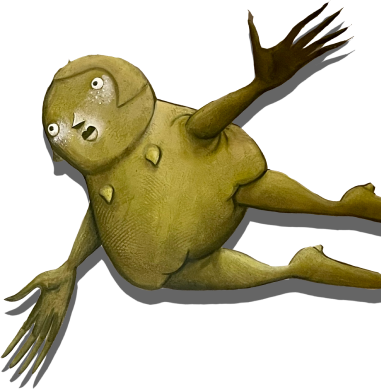
Chapter 6
HOSPITALITY
For all those who wish to visit us, we offer various possibilities.
WINE TASTING
The experience begins on the panoramic terrace where you can take in the breath-taking views over the Riecine vineyards. You will then visit the modern wine cellar and the refining room where you will learn about the history of Riecine from its foundation in 1971 up to the present day. We will then move to the tasting room to begin the tasting experience. Simply fill in the form and choose the tasting menu that appeals to you most.
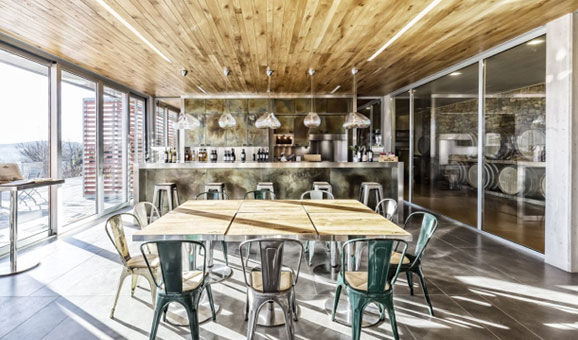
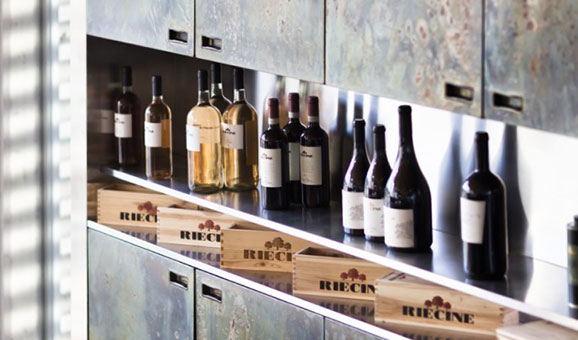
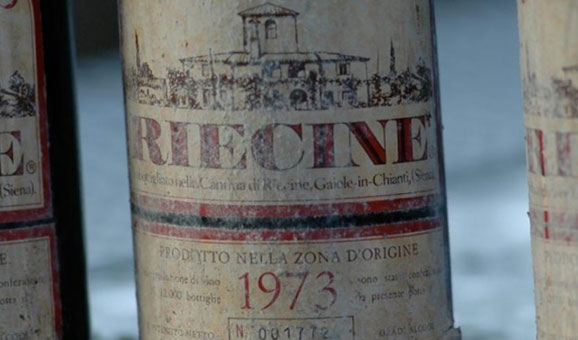
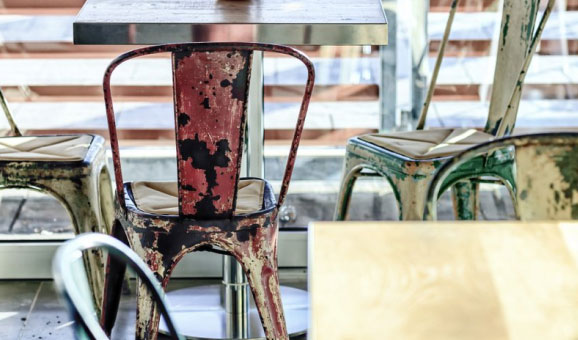
RESIDENCES
An exquisite fusion of modern and rustic styles. The residences at Riecine are in prime position for enjoying the surrounding views of rolling hills dotted with a patchwork of majestic cypress trees, vineyards and olive groves and bordered with oak forests. Located in the heart of the Chianti Classico region, these two ‘cottage chic’ villas offer modern interiors while preserving local traditions. The use of understated materials and tasteful artwork helps create an elegant ambiance.
Art
Art has always played an important role at Riecine. The company prides itself on its collaborations with internationally renowned artists such as Jaume Plensa, Andrius Petkus, ZED1, Marco Tirelli, Yamamoto Kansai, Masayoshi Sukita and many others. Their works of art, which were specially designed for Riecine, have helped make the winery a truly unique space.
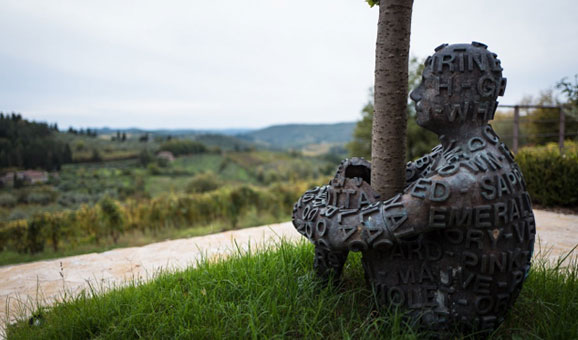
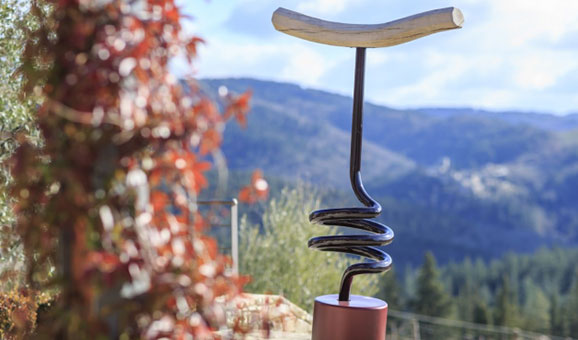
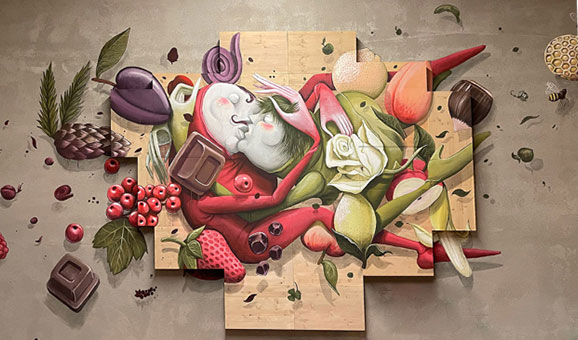
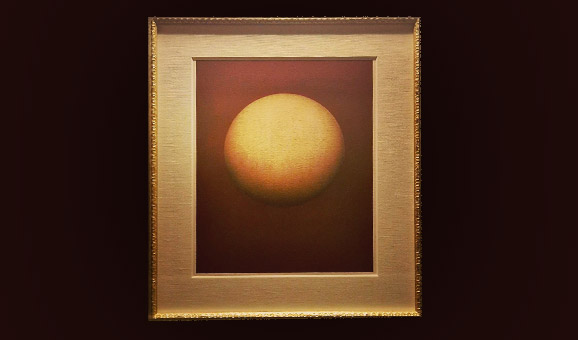
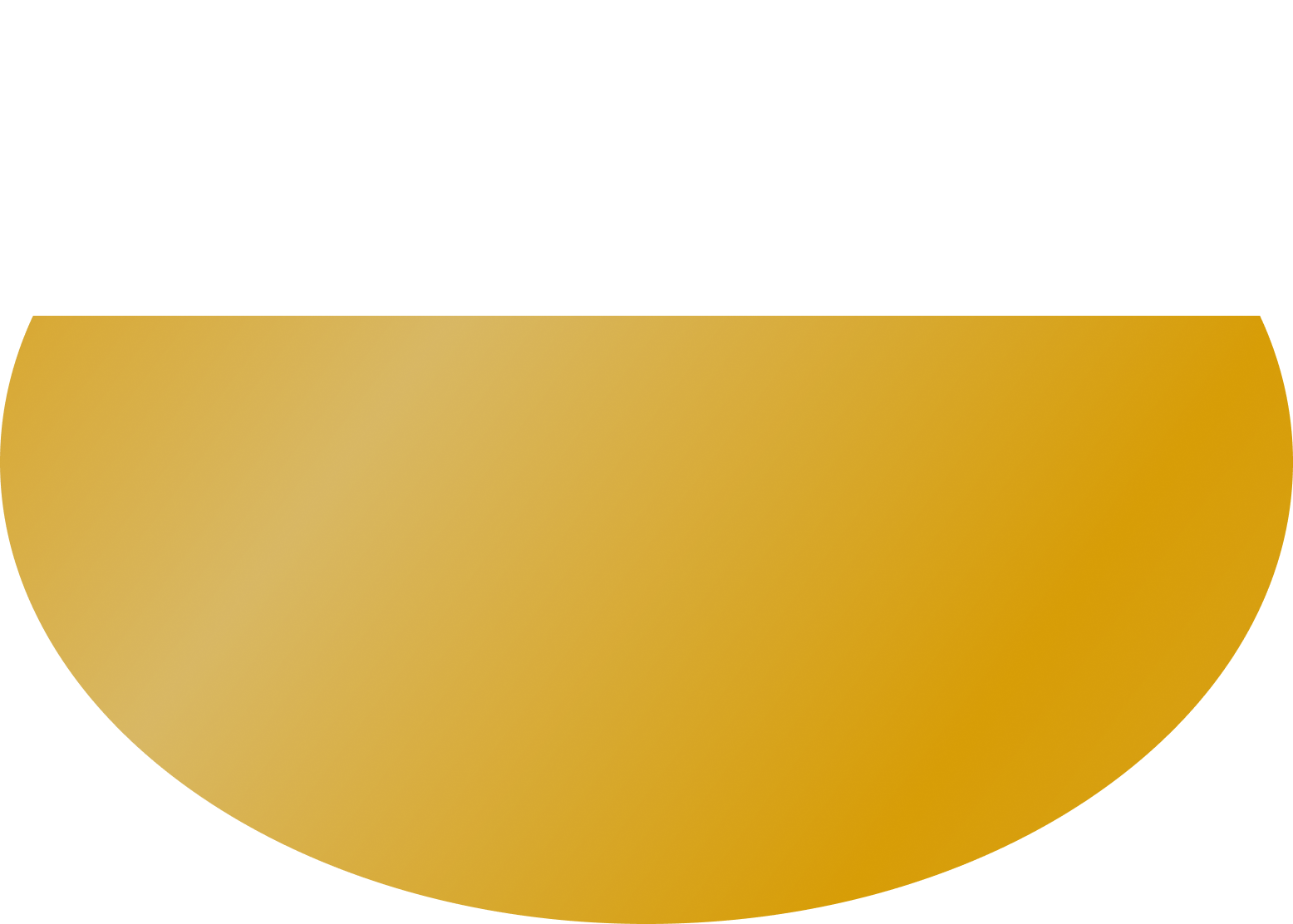
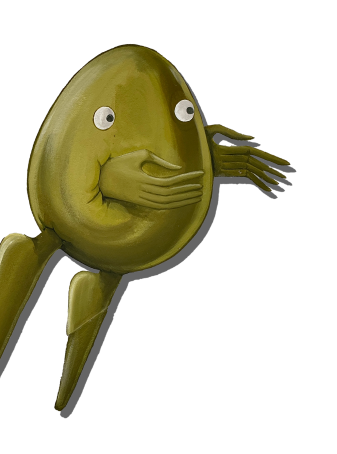
Chapter 7
SHOP ONLINE
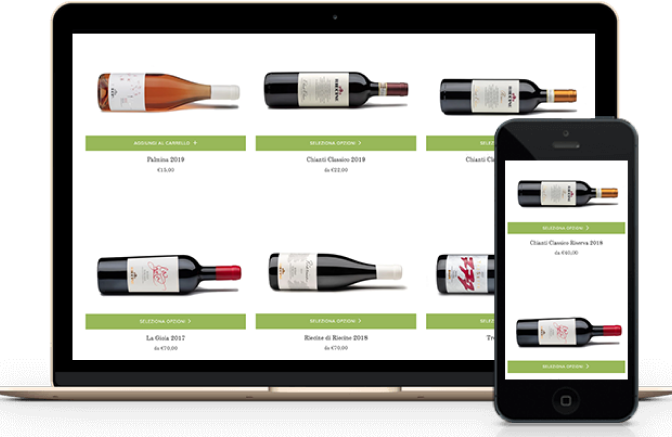
Riecine’s ambition is to stay true to its past while looking towards the future. Nature and the land have given us everything we need and Riecine has been very fortunate in this respect. All we need to do, and indeed all we can do, is to work hard and meticulously in the vineyards without cutting corners or compromising. We can proudly claim that we grow our own wine, instead of just ‘making it’. we have the best possible tools at its disposal. We follow and respect centuries-old Tuscan wine making traditions while being open to new experiments and ideas at the same time. Last but by no means least, we owe much of our success to the people who work for Riecine: thanks to their knowledge, talent, passion and commitment they create wines that we are truly proud to offer our customers.
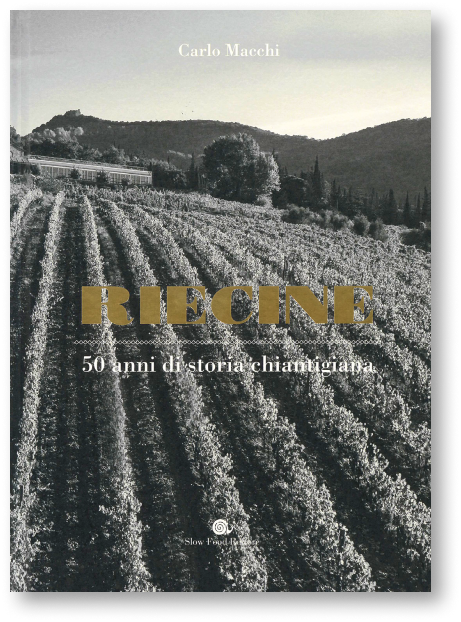
BOOK
‘Head back in time to the Etruscan beginnings of the name “Riecine” and learn about a small but important Chianti company as seen throughout the history of Chianti Classico. A tale of men and women, of families, of personalities, and of wines that have made this remarkable territory famous throughout the world. This is why you will find the journey of the last 50 years narrated by the very wines that, year after year, the Riecine vineyards have created. The company’s history has led to a rebirth pioneered by the very active current owners, starting with the addition of new vineyards and the adoption of modern techniques that complement the traditional ones. This has allowed a territory and a wine, Chianti Classico, which have both gone through periods of radical change, to continue to speak for themselves.’

Chapter 8
CONTACTS

Società agricola Riecine Srl,
Località Riecine, 28/b
53013 Gaiole in Chianti (SI)
Italy
Tel: +39 0577 749 098
Fax: +39 0577 744 935
Email: info@riecine.it
DIRECT CONTACTS:
CEO and Winemaker
Alessandro Campatelli – alessandro@riecine.it
Commercial Manager
Elisa Gramaccioni – elisa@riecine.it
Administration
Monica Mezzadri – info@riecine.it
Sales Manager Italy, Hospitality Manager and Communication
Iacopo Casadio – iacopo@riecine.it / tasting@riecine.it
OFFICE HOURS:
From Monday to Friday, opening hours: 09.00 -17.00
Do you want to stay updated on Riecine?
Riecine snc – Località Riecine, 53013 Gaiole in Chianti, Siena, Italy – P.IVA: 00949430524 – Privacy Policy | Waste disposal
 italiano
italiano
